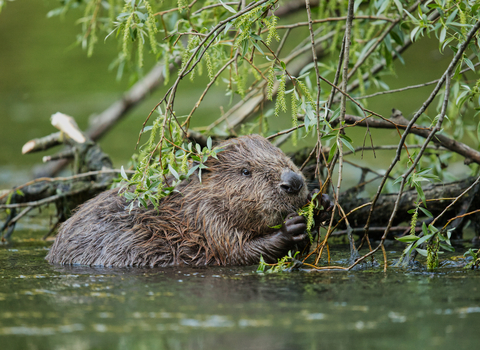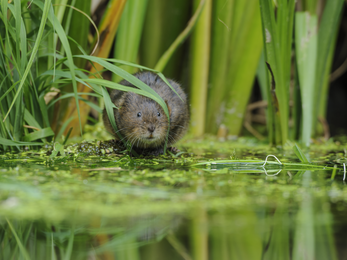Why beavers?
The Eurasian beaver (Castor fiber) was hunted to extinction in Britain around 400 years ago, but we are on a mission to give this industrious, much-loved creature a helping paw in its return to the south coast. Hampshire & Isle of Wight Wildlife Trust is hoping to support the recovery of this ecosystem engineer starting with a wild release to the Eastern Yar river on the Isle of Wight.
Beavers could play a really important role in creating a Wilder Wight. They are a keystone species meaning they can define entire ecosystems, which would enable them to transform the Eastern Yar and other parts of the Island for the benefit of both people and wildlife.
Beavers are often referred to as ecosystem engineers as they can transform their habitat and bring enormous benefits for wildlife and for people, including:
Improved water quality
The Eastern Yar has moderate to poor water quality. Beaver dams can help trap and filter out pollutants including silt, sediment, nitrates and phosphates, leading to cleaner waters downstream.
Reduced risk of flash floods
The Eastern Yar has been dredged and straightened, meaning water travels rapidly downstream towards low lying communities during periods of heavy rain. Beaver dams can slow river flows, which means during heavy rainfall downstream storm drains and infrastructure are not overwhelmed.
Ecotourism
Beavers are undeniably cute, their dams simply amazing and their pencil-shaped tree stumps easy to spot, all of which make for a fun day out wildlife-watching. Their ponds also support lots of other wildlife including wading birds, water voles and otters, meaning that wildlife-watching opportunities abound.
Beavers have a positive influence on the local environment and the animals and plants that live there by creating diverse wetland habitats. Click on the images below to find out more.





